Xi’an, the capital of Shaanxi Province, has over 3000 years of recorded history, with human Habitation present here as early as the Neolithic times, as discovered at the Banpo Village. Xi’an has been the capital of 12 dynasties, though it has been known as various names, most notably as Chang’an. It was also the starting point of the Silk Road, where camels were loaded for their long and perilous journey to Central Asia. As dynasty after dynasty added their own mark to Xi’an, the relics of old palaces, temples and tombs abound throughout the city and surrounding countryside. The tyrannical Qin dynasty emperor Qin Shihuang, with his capital at Xianyang, close to present day Xi’an, left his indelible mark though the famed Terra-cotta Warriors.
The Tang dynasty is considered one of China’s golden ages for its unmatched cultural achievements. Trade reached central Asia and Europe, thousands of students from Japan and Korea arrived in Xi’an to study and acknowledgement of Tang cultural preeminence and Chinese monks traveled to India to copy Buddhist sutras. At its zenith during the Tang dynasty, Xi’an was the world’s largest and most cosmopolitan city.
Xian Related Tours:
Terra-Cotta Warriors , Ancient City Wall and Muslim Quarter Private Tour
Terra-Cotta Warriors and Hanyang Mausoleum Private Tour
Customized Private Xi’an Trip with your preferences
The Terra-Cotta Warriors
In 221 BC, China was united under one emperor, Qin Shihuang of the Qin dynasty, for the first time in its history. The Qin emperor’s influence far outlived his short dynasty. His most significant achievement was unifying the various warring kingdoms and integrating writing, money, weights, and measures into one centralized, standardized bureaucracy. The Terra-Cotta Warriors, one of the most remarkable archaeological discoveries in the world, are a collection of life-sized clay soldiers, horses, and chariots created over 2,000 years ago to accompany Emperor Qin Shi Huang in the afterlife.
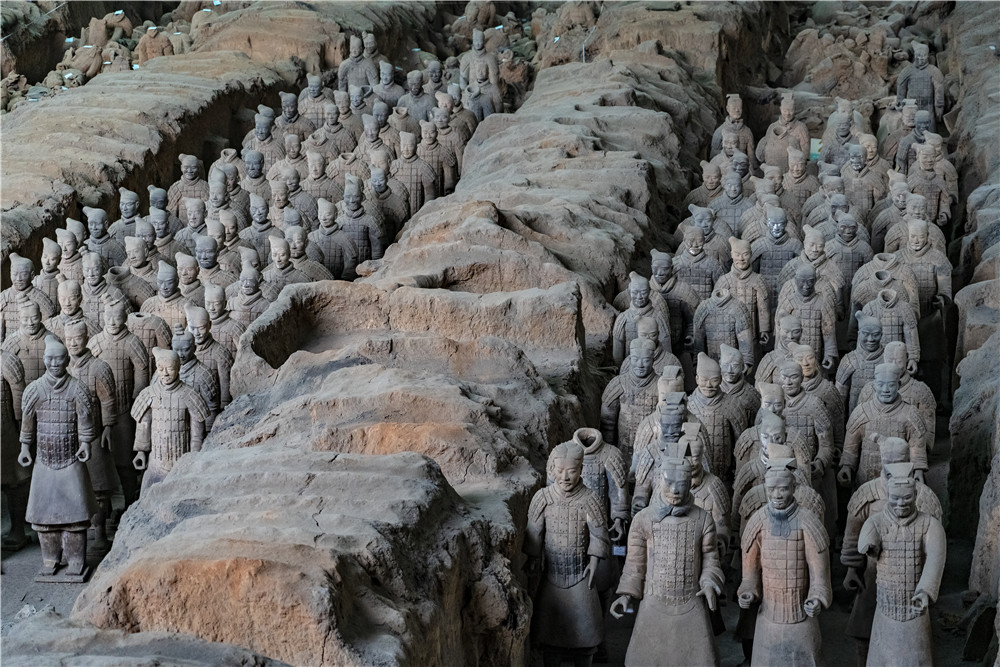
The Huaqing Hot Spring
Situated 30 kilometers (18.6 miles) to the east of Xi'an, adjacent to the iconic Terracotta Army, Huaqing Pool stands as a historical marvel featuring the Imperial Pools of the Tang Dynasty (618 - 907), the Pear Garden, Frost Flying Hall, Nine-Dragon Lake, the Five-Room Building, and the majestic Mount Li. This site is renowned for housing the captivating love story of Tang Emperor Xuanzong and his concubine Yang Yuhuan. Renowned for its picturesque hot springs and scenic landscapes, Huaqing Pool beckons visitors with both historical significance and natural beauty.

Ancient City Wall
Xi'an boasts one of the best-preserved and complete city walls in China. The Ancient City Wall, dating back to the Ming Dynasty, offers panoramic views of the city and allows visitors to stroll or cycle along its impressive structure.
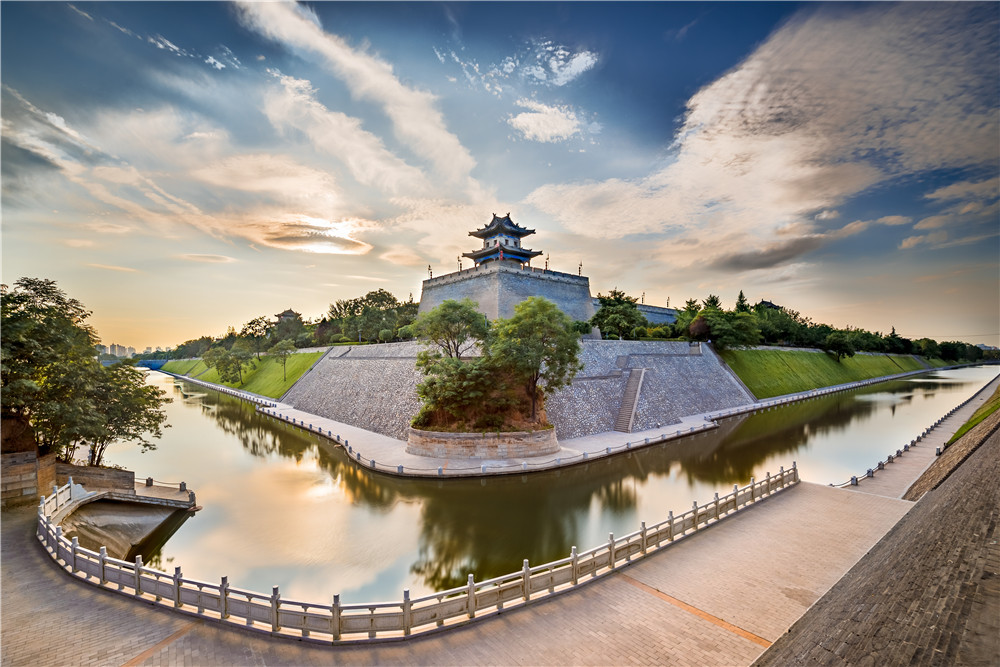
Muslim Quarter
The Muslim Quarter is a vibrant area known for its bustling market, lively atmosphere, and delicious local cuisine. Visitors can explore the diverse street food offerings and experience the blend of Chinese and Islamic cultures.
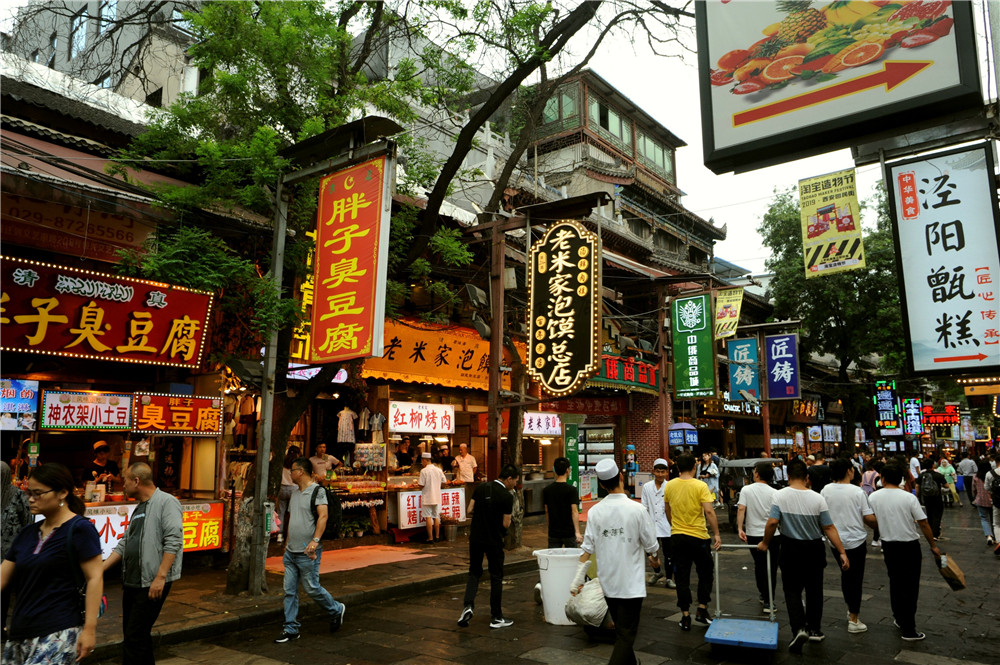
Great Muslim Mosque
The Great Muslim Mosque is short walk from the Drum Tower and the Bell Tower at the center of the town. The mosque, which is still an active place of worship and was established by the Tang dynasty in AD742 for Muslim traders from Central Asia who settled in Xi’an. This represents China's largest and most significant Islamic sanctuary. Combining traditional Chinese architectural elements with Islamic art, the mosque is a unique blend of cultural influences.
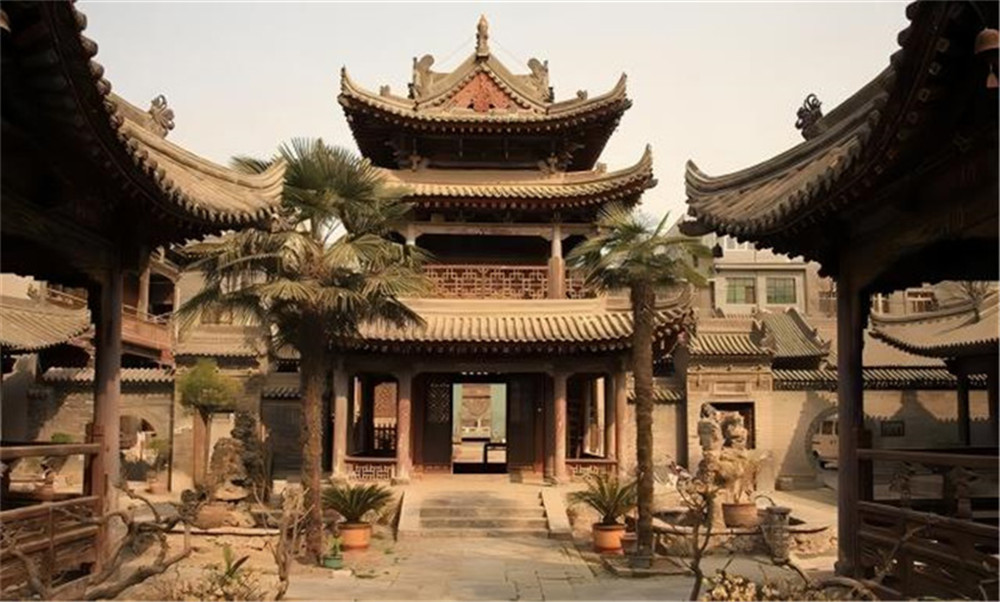
Big Wild Goose Pagoda
Big Wild Goose Pagoda in Xi'an is a striking architectural marvel with cultural significance dating back to the Tang Dynasty. Standing at over 60 meters tall, this seven-story pagoda was built to house Buddhist scriptures brought from India by the monk Xuanzang. The pagoda's intricate design, featuring tiers adorned with Buddhist sculptures, offers visitors a glimpse into the rich history of Buddhist influence in ancient China.
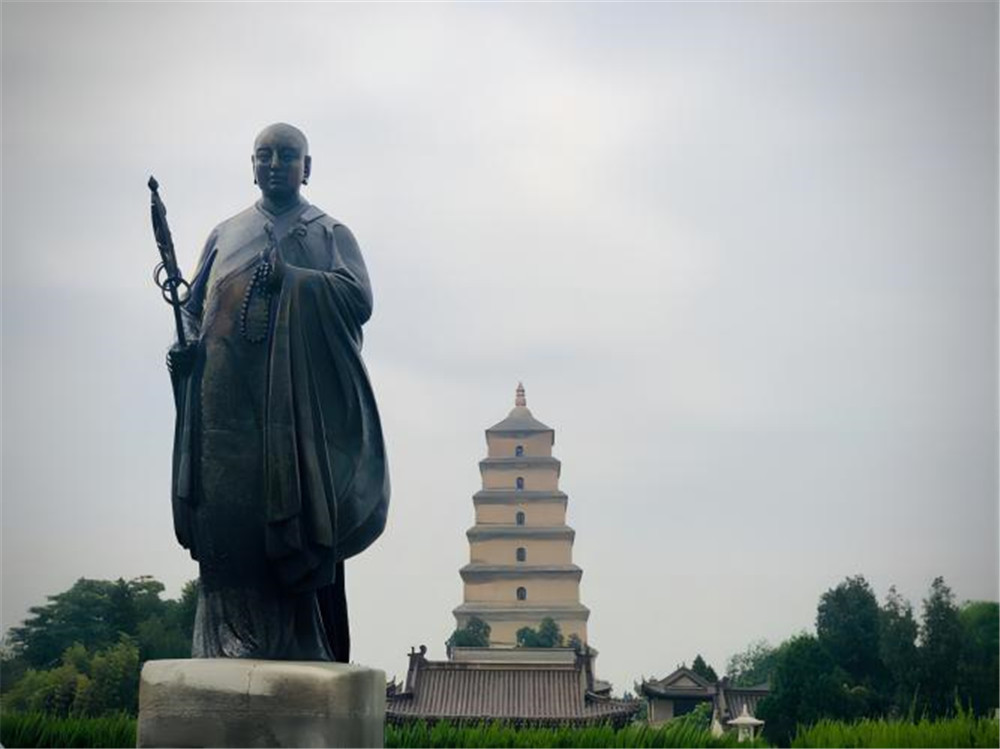
Grand Tang Dynasty Ever-Bright City and Sculptures
The Ever Bright City of the Grand Tang Dynasty is a 1,500-meter (1,640-yard) pedestrian avenue situated to the south of the Giant Wild Goose Pagoda. Adorned with buildings showcasing the architectural style of the Tang Dynasty (618 - 907) and sculptures narrating tales from that historical period, the street provides a unique cultural experience. Visitors can delight in street performances, savor a diverse range of culinary offerings, and explore a vibrant shopping scene. The optimal time to visit is in the evening, when the lights illuminate the surroundings, and people gather to enjoy the lively atmosphere.
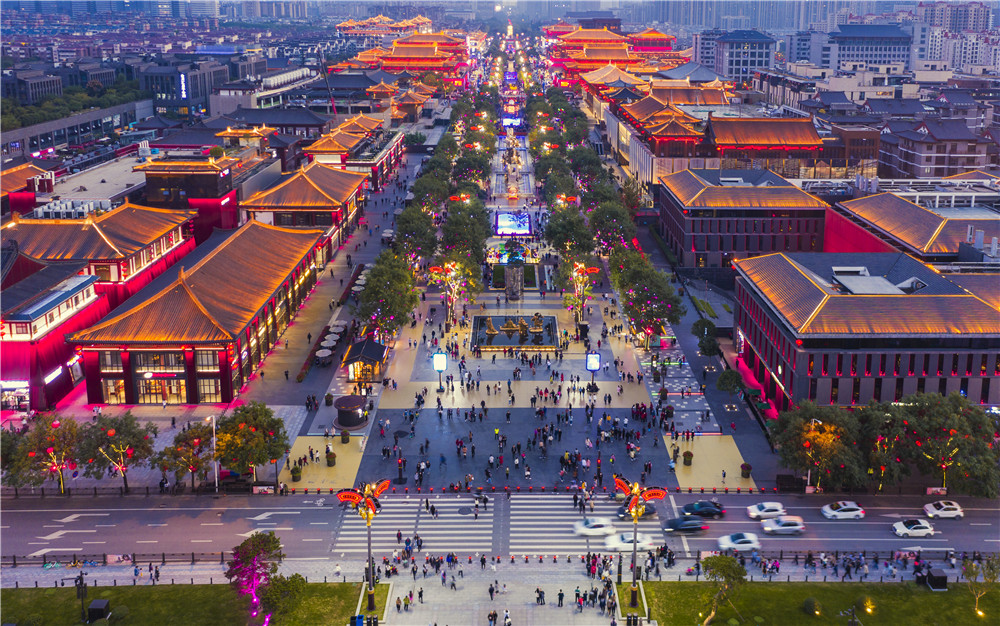
Small Wild Goose Pagoda and Xi’an Museum:
Constructed during the 6th century under the Tang Dynasty, the park surrounding this pagoda offers a delightful visit. Standing at 43 meters tall, the stone-built pagoda is less imposing compared to the Great Wild Goose Pagoda, earning it the name Small Wild Geese Pagoda. Remarkably resilient, this Buddhist pagoda has withstood over 70 earthquakes. Exploring the pagoda and the Xi'an Museum in the temple's southwest provides insights into Xi'an's rich history and culture. While not as renowned as the Giant Wild Goose Pagoda, the Small Wild Geese Pagoda exudes a peaceful and tranquil ambiance.

Shaanxi History Museum
The Shaanxi History Museum in Xi'an is a treasure trove of China's ancient past, showcasing an extensive collection of artifacts spanning over 1 million years. Housed in a striking Tang Dynasty-style building, the museum features exhibits ranging from prehistoric times to the Ming Dynasty. Highlights include intricate bronze vessels, terracotta figurines, and precious artifacts from the Silk Road.
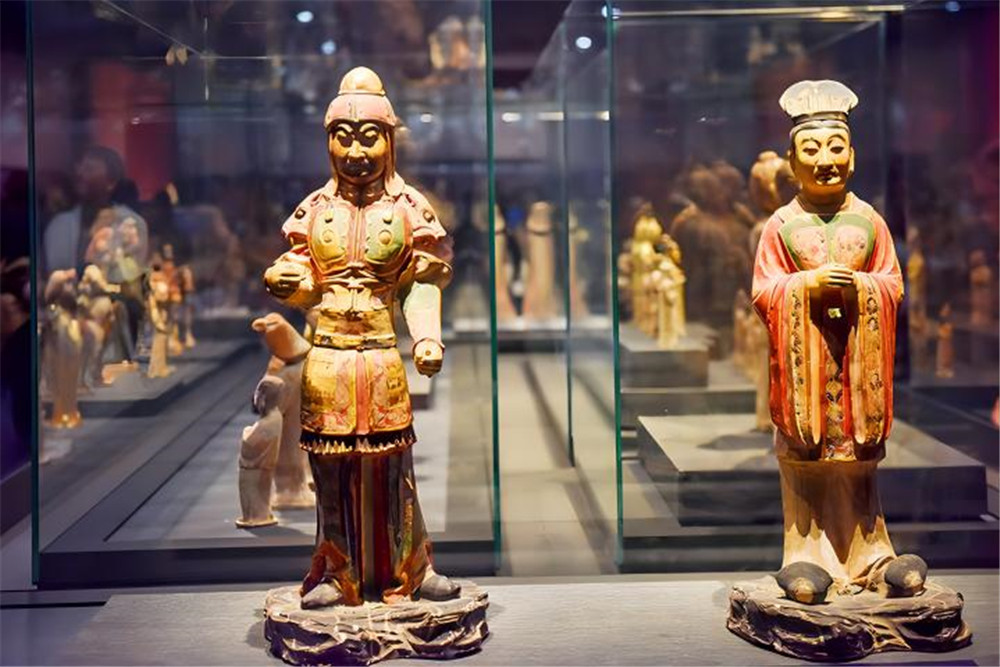
Banpo Village
Banpo Village, situated on the outskirts of Xi'an, China, is an archaeological site of great historical significance. Dating back over 6,000 years, it represents a Neolithic Yangshao Culture settlement and provides a rare window into early human civilization along the Yellow River. Visitors to Banpo Village can explore the well-preserved remnants of ancient dwellings, pottery kilns, and artifacts, offering valuable insights into the daily life, social structure, and craftsmanship of one of the earliest human communities in China. This archaeological marvel serves as a fascinating destination for those intrigued by the roots of Chinese civilization.

Han Yang Ling Mausoleum
Han Yang Ling Mausoleum, an archaeological marvel near Xi'an, unveils the burial site of Emperor Jing and Empress Wang from the Western Han Dynasty. This unique historical treasure distinguishes itself with its terracotta figures portraying not just soldiers but also human and animal attendants, offering a nuanced perspective on ancient burial practices. Visitors can explore the carefully excavated pits and immerse themselves in the cultural and artistic intricacies of the Han Dynasty, gaining valuable insights into the rich heritage of imperial China.

Xi'an Forest of Stone Tablets
Xi'an Forest of Stone Tablets, or Beilin Museum, is a remarkable repository of ancient Chinese calligraphy and stone inscriptions. Located in the heart of Xi'an, it houses a vast collection of steles and tablets spanning over a thousand years of Chinese history. Visitors can explore intricately carved stones, showcasing poetry, historical records, and Buddhist scriptures, and it is a must-visit place for those seeking a deeper appreciation of Chinese calligraphy and the nation's literary achievements.

Tang Dynasty Music and Dance Show
The Tang Dynasty Music and Dance Show in Xi'an is a spectacular performance that brings the grandeur of China's golden age to life. Held in a traditional theater, the show features a mesmerizing display of ancient Tang Dynasty music, dance, and costumes. The skilled performers, adorned in elaborate traditional attire, transport the audience to the opulent court of the Tang Dynasty (618–907 AD).
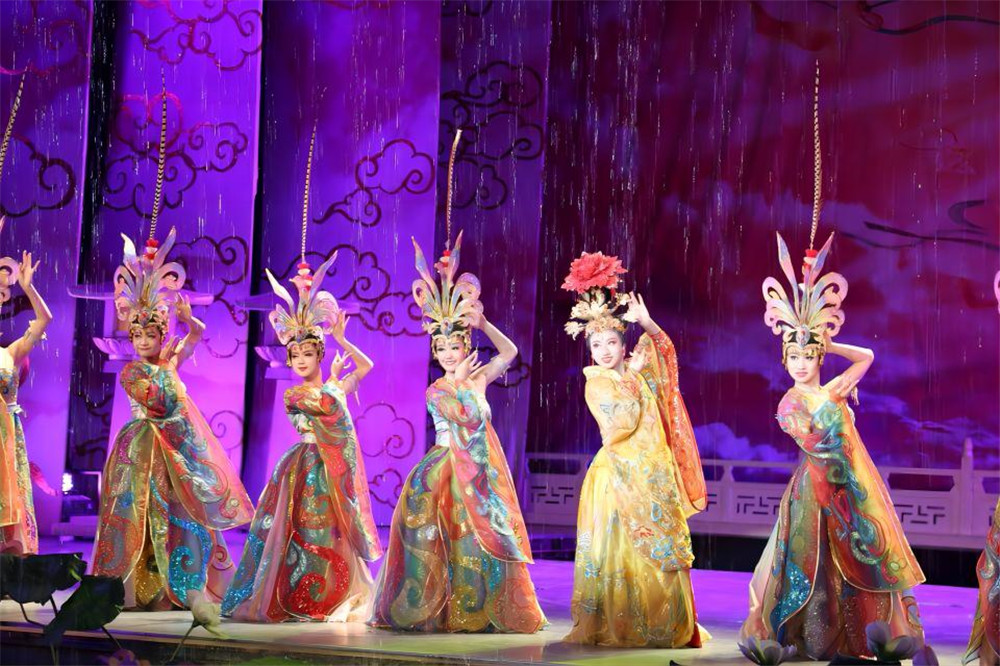
Yuanjiachun village
Yuanjiacun, a tiny village with hundreds of residents, started just like any other small village. But with the guidance of their village leaders, everyone came together and worked hard. After over 20 years, they became the best example of a Shaanxi folk village. If you're looking for the most special place around Shaanxi, it's Yuanjiacun in Yanxia Town, Liquan County, Xianyang City. You can enjoy the unique Shaanxi folk culture here and savor the most genuine Shaanxi snacks.
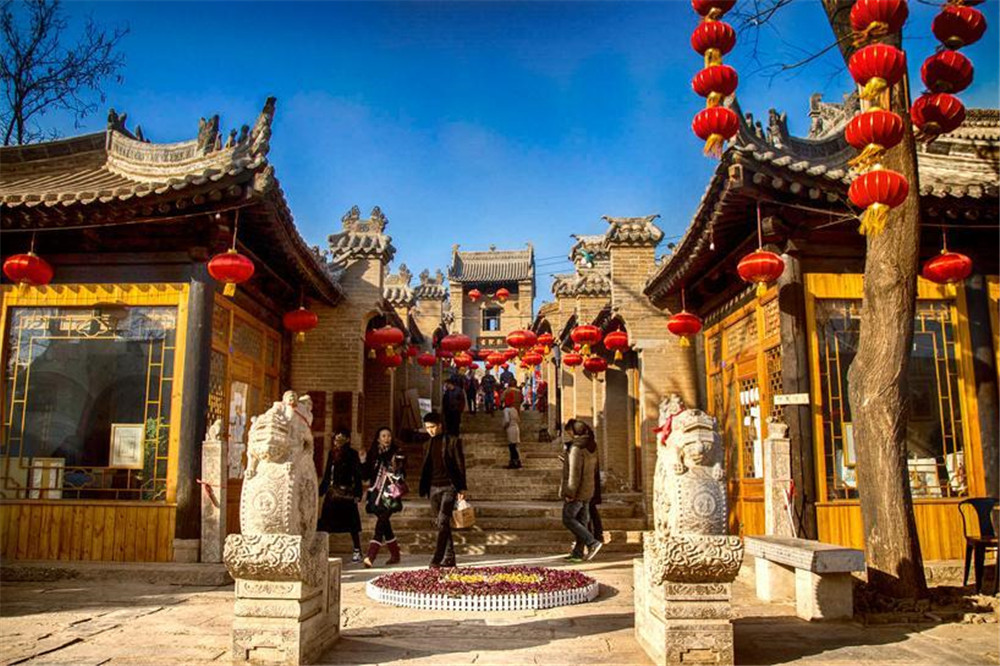
Famen Temple
Built in the 2nd century AD, this temple has a rich history, serving as a home for fragments of a sacred finger bone of the Buddha. King Asoka of India generously presented this relic to China as part of the distribution of Sakyamuni's relics. Exploring the older section is recommended, where you can join pilgrims in a line, passing by the revered finger bone. However, the primary highlight of the visit lies in the exceptional museum housing a remarkable collection of treasures from the Tang dynasty.
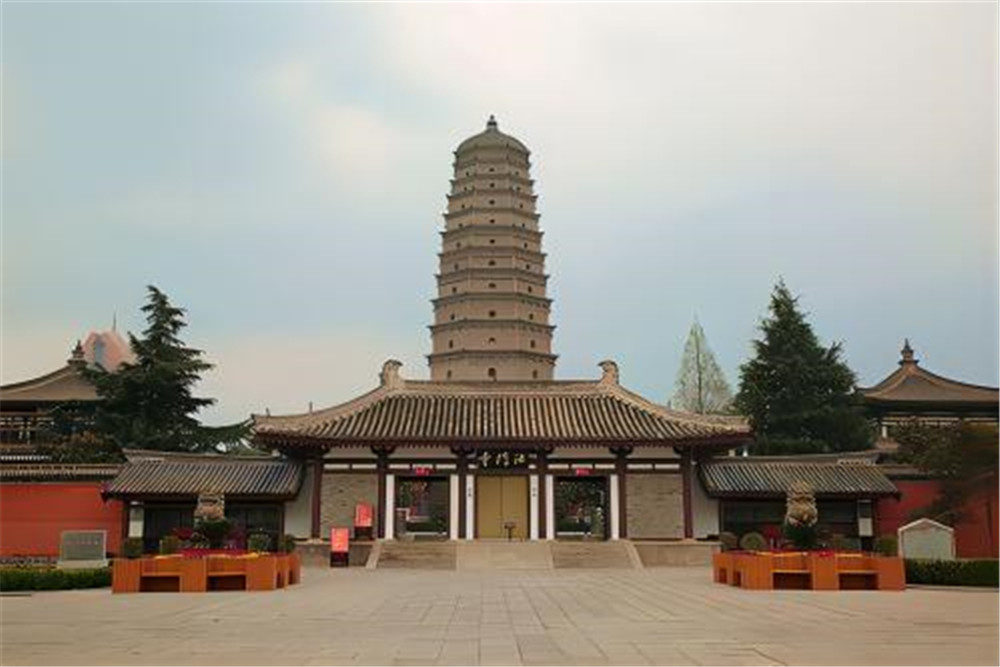

Mt. Huashan
Hua Shan, one of China's Five Great Mountains, is a spectacular and revered peak 120 km from Xi'an. Renowned for its steep and challenging hiking trails, Hua Shan offers breathtaking panoramic views of the surrounding landscapes. The mountain is dotted with ancient temples, teahouses, and awe-inspiring rock formations, such as the famous Plank Walk in the Sky. Travelers are drawn to Hua Shan not only for its natural beauty but also for its cultural significance as a Taoist sacred site.
